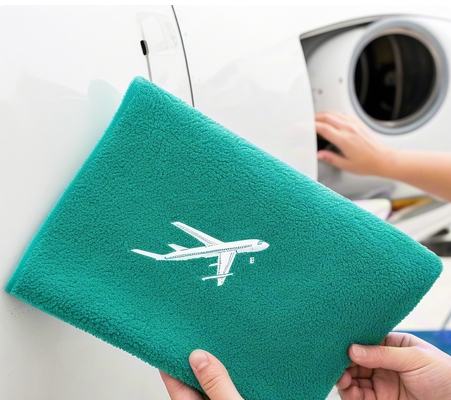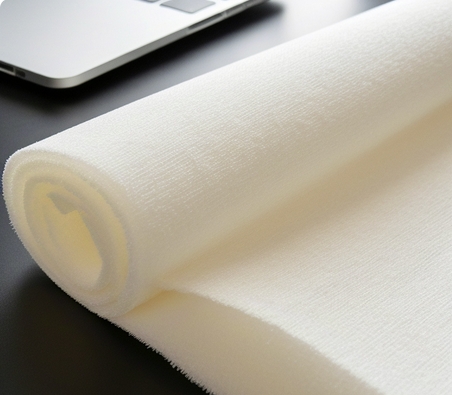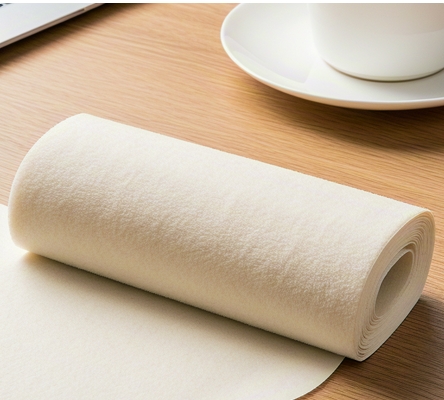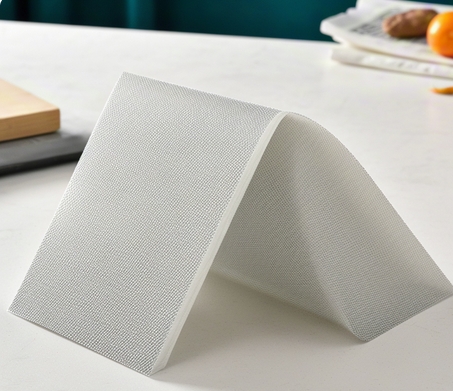Language

The core differences between dustproof masks and ordinary masks and scientific protection guidelines
In the field of occupational health protection, dust masks, as key equipment for preventing respiratory diseases, are essentially different from ordinary masks. According to the National Health Commission's 2022 Occupational Disease Prevention and Control Report, the correct use of professional dust prevention equipment can reduce the incidence of pneumoconiosis by 87%. This article will systematically analyze the technical differences between the two types of masks and explain the key points of scientific protection in detail.
1. Comparison and analysis of protection mechanism and performance parameters. Dust-proof masks (professional term: particulate protective respirator) are divided into three types of protection levels according to GB2626-2019 standards: KN100, KN95, and KN90. Taking the KN100 mask as an example, it uses multi-layer composite filter material and electrostatic adsorption technology to filter 0.075 micron non-oil particulate matter to 99.97%, which is equivalent to building a nonlevel protective net in a sandstorm environment. In comparison, ordinary gauze masks rely solely on the principle of mechanical filtration, and the barrier rate of incapable dust below PM5 is less than 35%, which is as effective as using a screen window to block haze.
Although medical surgical masks have a bacterial filtration efficiency of BFE≥95%, their fiber structure gap is about 3 microns, and their protective effect on construction dust (median particle size 1-10μm) or submicron-scale particles generated by metal processing is limited. Comparative tests from the Institute of Occupational Safety and Health (NIOSH) show that when wearing ordinary medical masks to treat granite sheets, the amount of dust inhalation is 6.2 times that of KN95 masks.
2. Analyze the international certification standard system. "N" (US NIOSH standard) and "KN" (China National Standard) in the protection label represent different certification systems. Taking KN95 masks as an example, their technical requirements are equivalent to US standard N95, and both require filtration efficiency of 0.3 micron particles ≥95%. It should be noted that the KP series masks (such as KP100) are specially designed for oily aerosol environments and are suitable for special scenarios such as asphalt mixing or oil mist processing.
3. Differentiated application of industrial and medical protective equipment. Although industrial N95 and medical N95 have the same particulate filtration performance, there are significant differences in functional design between the two. Medical protective masks have added liquid permeability layers to prevent blood or droplet transmission; while industrial dust masks strengthen structural sealing and are equipped with adjustable nose clips and elastic headbands to ensure stable protection during 8 hours of operation. For example, when operating underground in coal mines, the KN100 dust mask is used with a full cover to effectively protect respiratory silicon dust with a particle size of 0.02-2μm.
Key points for correct wear:
1. Perform a positive pressure test: Cover the mask with both hands and exhale quickly to confirm that there is no leakage on the edge
2. Nose shaping: Use the index fingers of both hands to press from the middle to both sides in sections along the metal nose clip
3. Age management: For a total of 40 hours of use or when there is obvious respiratory resistance, it should be replaced immediately.
4.Adaptation selection: Select the protection level according to the dust concentration in the working environment. Refer to occupational exposure limits (Oils)
Occupational health research shows that the standardized use of KN95 and above dust-proof masks, combined with regular lung function monitoring, can reduce the incidence of chronic bronchitis in workers with dust contact with 72%.
In the field of industrial protection, there are significant functional differences between dust-proof masks and ordinary masks. Taking the N95 series as an example, its dust-proof mask is mainly designed for dust filtration. It can block more than 95% of non-oil particles through electrostatic electret materials, but it lacks the ability to protect biological pollutants. In contrast, N95 medical protective masks adopt a three-layer composite structure, with the middle melt blown cloth layer and the outer hydrophobic protective layer (usually polytetrafluoroethylene coating), which can not only block the spread of aerosols, but also resist the splashing and penetration of liquids such as blood and body fluids.
It should be pointed out in particular that the key difference between dust-proof masks and ordinary masks lies in the protection level certification standards. According to the NIOSH 42CFR-84 specification, industrial dust masks only need to pass the NaCl aerosol test, while medical protective masks also need to pass the synthetic blood penetration test (ASTM F1862 standard). Taking woodworking workshop operations as an example, when the concentration of PM2.5 often exceeds 200μg/m³, correctly wearing a dust mask certified by GB2626-2019 can reduce the risk of pneumoconiosis by more than 90%.
The adaptability of professional dust-proof masks directly affects the protective effect. It is recommended to follow four-step wearing methods: first, perform face shape adaptation test to ensure that the mask can completely cover the nose bridge to the jaw; second, adjust the nose clip to a state of air leakage; third, perform forced expiration test to verify the sealing; finally confirm that there is no working displacement through mirror inspection.
Tags:
RELATED RESOURCES

How Aircraft Wipes Achieve Zero-Contamination Aircraft Engine Cleaning
Wipe star aviation-grade cleaning consumables are manufactured using innovative hydros pinning process, and th......
More

7 Questions on Selecting Ultrafine Dust-Free Wipes: Comparative Analysis of Ultrafine Fiber Cleaning
Comparative analysis of ultra-fine dust-free cloth and ultra-fine dust-free cloth: professional selection guid......
More

The difference between dust-free paper and wiping paper is revealed. 15 years of experience in the f
In the field of industrial cleaning consumables, dust-free paper and wipe paper are two core products often ca......
More

Clean room Wipes Buying Guide: 6 Key Indicators for Professional Purchasers.
Clean Room Dust-Free Wipe Cloth Selection Guide: A Decision Framework for Professional Procurement PersonnelIn......
More
Related Products
Room 101, Building 1, Angeer Factory, No.4, Hetian Road, Shatian Community, Kengzi Street, Pingshan District, Shenzhen, Guangdong, P.R. China 518122
info@wipestar.com
+86-755-89616775
+86-755-89616773
Related Products
RELATED RESOURCES

How Aircraft Wipes Achieve Zero-Contamination Aircraft Engine Cleaning
Wipe star aviation-grade cleaning consumables are manufactured using innovative hydros pinning process, and th.........
More

7 Questions on Selecting Ultrafine Dust-Free Wipes: Comparative Analysis of Ultrafine Fiber Cleaning
Comparative analysis of ultra-fine dust-free cloth and ultra-fine dust-free cloth: professional selection guid.........
More
WIPESTAR
微信官方公众号